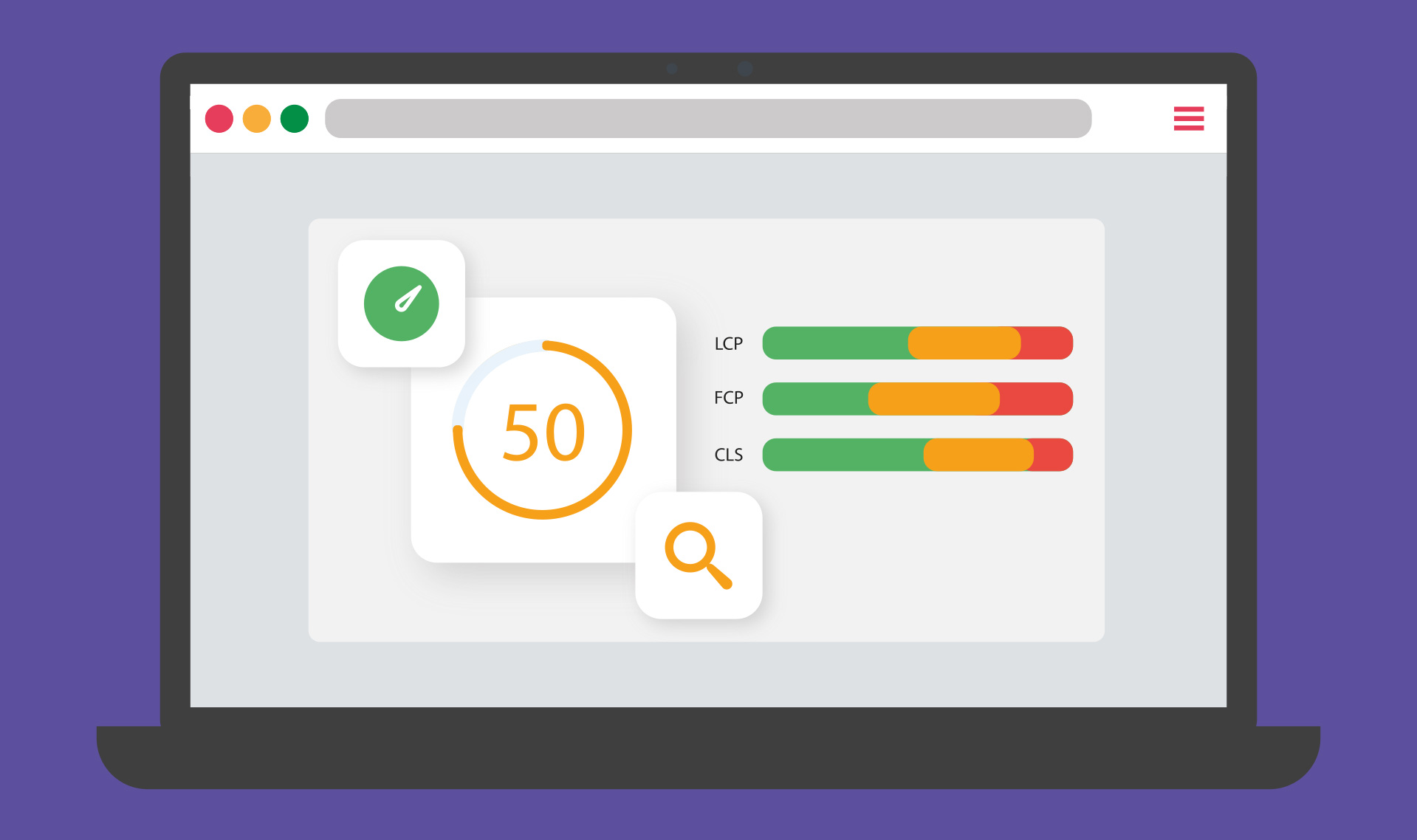Optimizing Drupal Performance: From Caching to Core Web Vitals

A fast website does more than load quickly. It earns trust, keeps users engaged, and helps your brand stand out. In today’s world, speed is currency, and if your Drupal site is slow, you’re paying the price in lost visitors and lower search rankings.
The best part? Drupal gives you all the tools to build a lightning-fast experience. You just need to know where to focus. Let’s explore how to make your Drupal site smoother, faster, and performance-ready from caching to Core Web Vitals.
Why Drupal Performance Optimization Matters
A beautiful website that lags won’t impress anyone. Google reports that 53% of visitors abandon a page that takes more than 3 seconds to load. Speed is not just a technical metric. It’s a business driver.
| Benefit | Impact on Your Website |
|---|---|
| Faster Page Loads | Higher SEO rankings and better engagement |
| Optimized Core Web Vitals | Improved Google visibility and mobile performance |
| Reduced Server Load | Lower hosting costs and better scalability |
| Better User Experience | Longer session duration and more conversions |
1. Start with a Performance Audit
You can’t fix what you can’t measure. Begin by identifying what’s slowing your site down. Use tools like Google PageSpeed Insights, Lighthouse, or New Relic to uncover performance bottlenecks.
Common culprits include:
- Missing or misconfigured caching
- Heavy images
- Unoptimized JavaScript and CSS
- Inefficient database queries
Pro Tip: Focus on your Time to First Byte (TTFB). A slow TTFB often means your server response time or caching setup needs attention.
2. Caching: Your Speed Superpower
Caching is one of Drupal’s greatest performance boosters. It allows your site to serve pre-built pages instead of regenerating them every time a visitor arrives.
| Cache Type | Best Used For | Key Benefit |
|---|---|---|
| Page Cache | Anonymous visitors | Stores entire pages for instant loading |
| Dynamic Page Cache | Logged-in users | Keeps static parts cached and updates dynamic content |
| Reverse Proxy (Varnish/Cloudflare) | Global visitors | Delivers content faster from nearby edge servers |
| Internal Cache | All users | Reduces database load and query time |
Always enable Page Cache and Dynamic Page Cache in Drupal 9 or 10. It’s one of the simplest and most effective speed hacks.
Industry Insight: Drupal websites with layered caching have been found to load up to 50% faster during peak traffic hours.
3. Optimize Images and Static Assets
Images make your site look good but can also slow it down if not optimized. Drupal makes this easy through built-in tools and modules.
- Use Image Styles to automatically resize and compress images.
- Enable Responsive Images to serve the right size for each device.
- Turn on lazy loading for images that appear below the fold.
- Convert visuals to WebP format to reduce file size without losing quality.
- Aggregate and minify CSS and JS files to reduce HTTP requests.
Pro Tip: Keep homepage banners under 150 KB and product thumbnails under 50 KB. This simple step can improve load time significantly.
4. Clean Up Your Code and Database
A fast site always starts with a clean backend. Unused modules, old logs, and unnecessary code can drag your Drupal performance down. Websites using Redis caching see 30 to 40 percent faster database response times on average.
Checklist for Code Optimization:
- Remove unused or outdated modules.
- Keep Drupal core and extensions updated.
- Optimize custom code for fewer database calls.
Database Optimization Tips:
- Run cron jobs regularly to clear outdated data.
- Use Redis or Memcached for caching queries.
- Keep your database indexed and compact.
5. Improve Core Web Vitals

Google’s Core Web Vitals measure real user experience. These three metrics directly affect your search ranking.
| Metric | Definition | Ideal Value |
|---|---|---|
| LCP (Largest Contentful Paint) | Measures how fast main content loads | Under 2.5 seconds |
| FID (First Input Delay) | Measures how quickly users can interact | Under 100 milliseconds |
| CLS (Cumulative Layout Shift) | Measures layout stability | Under 0.1 |
Ways to improve these:
- Preload critical CSS and fonts.
- Defer non-essential JavaScript.
- Define sizes for images and ads to avoid layout shifts.
- Use the BigPipe module to load visible content first for a faster feel.
Pro Tip: Start with LCP. It has the biggest impact on both SEO and user satisfaction.
6. Choose the Right Hosting Setup
Even the most optimized Drupal site can struggle if the hosting environment is weak. Choose a Drupal-optimized hosting solution that supports:
- PHP 8 or higher with OPcache enabled
- NGINX or Apache tuned for Drupal
- SSD storage and HTTP/2
- Built-in caching tools like Redis
Industry Insight:
Migrating from shared hosting to a managed cloud platform can cut load time by up to 60 percent.
7. Continuous Monitoring and Maintenance

Performance optimization is never a one-time project. Your website evolves, and so should your optimization efforts.
Track your site’s health using:
- Google Analytics Site Speed reports
- New Relic for backend monitoring
- Real User Monitoring (RUM) for real-world performance data
Pro Tip:
Conduct a performance audit every three months or after major updates. Regular tuning ensures your Drupal site stays fast, stable, and user-friendly.
Optimizing Drupal Performance: From Caching to Core Web Vitals
Speed is not just a technical metric; it’s a competitive advantage. When your Drupal site loads fast, visitors stay longer, pages rank higher, and conversions soar.
From caching layers and image compression to Core Web Vitals and smart hosting, every tweak brings you closer to a truly high-performing site.
In the world of Drupal, speed isn’t an option; it’s your edge.